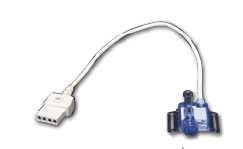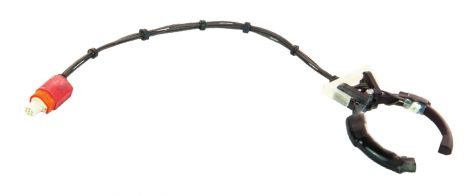Vital Signs Monitoring
Monitor & Record Vital Signs During Surgery
Vital signs monitoring is required for veterinary and large animal surgeries in order to ensure the best surgical outcome, but is just as important in small animal surgeries. Harvard Apparatus offers a wide variety of equipment which enables the monitoring and recording of vital signs for small and large animals, providing a means to ensure subjects stay within normal physiological parameters.
Vital signs monitoring of the cardiopulmonary system reflects not only the health of the animal but the depth of anesthesia. Historical methods for small animals include reflex monitoring, which is crude and not always appropriate; for instance, the use of paralytics invalidates the toe pinch method. Traditional vital signs include blood pressure (invasive or non-invasive), end-tidal carbon dioxide (ETCO2), arterial blood oxygen saturation (SpO2), ECG, heart rate, respiration rate and temperature. Combining the vital signs monitors with data acquisition adds a new level of data preservation and analytics that any lab can appreciate.










